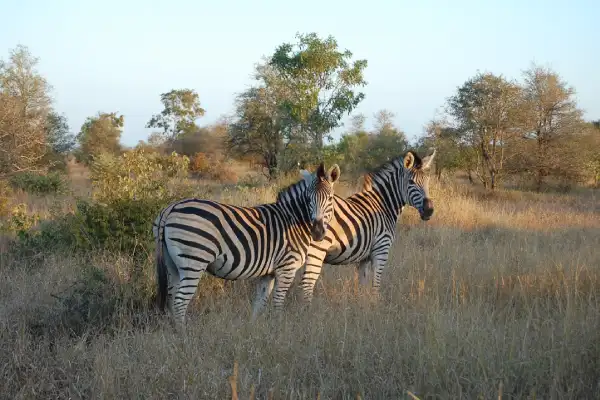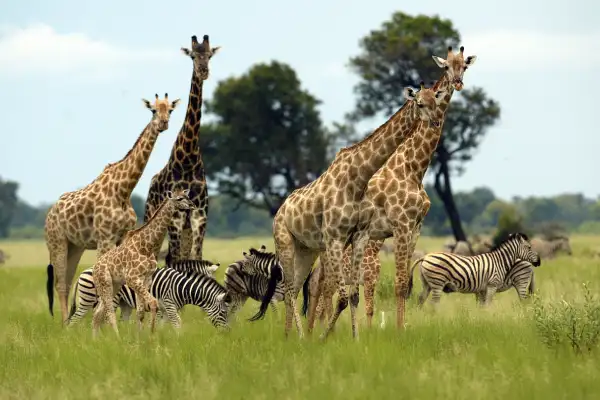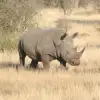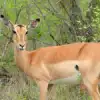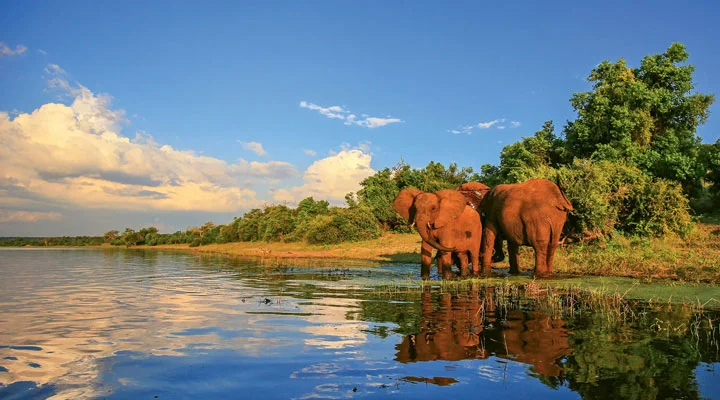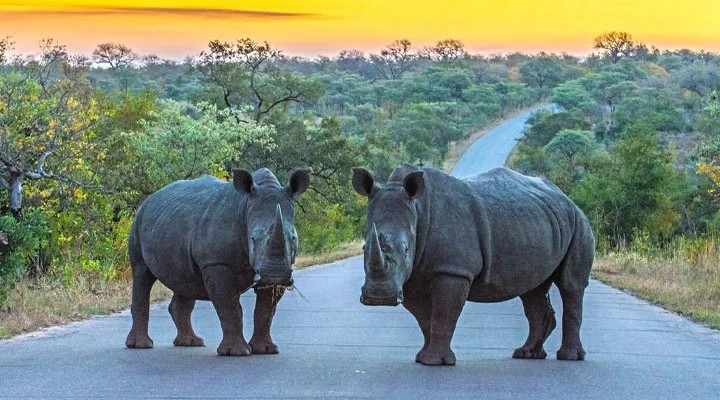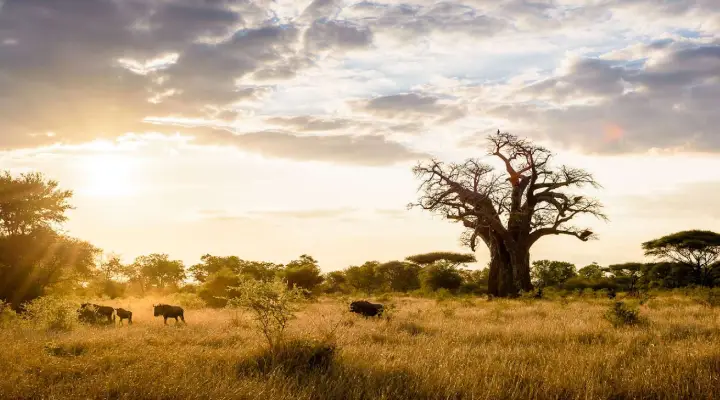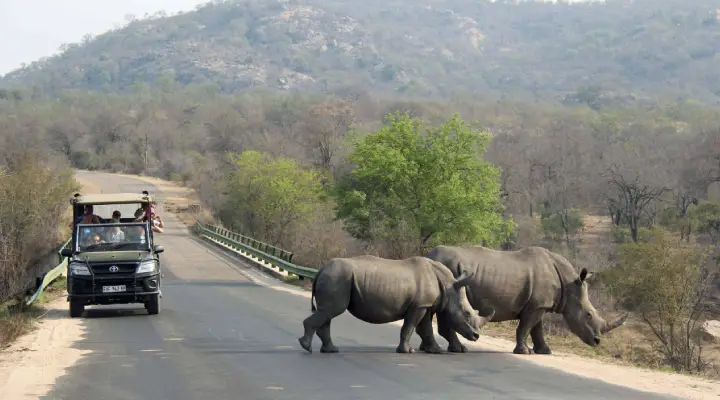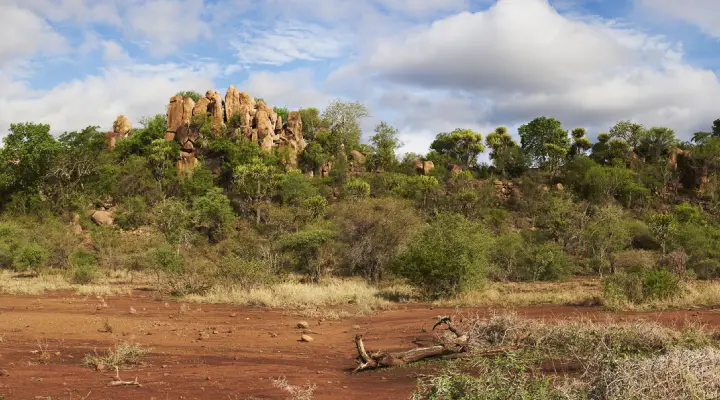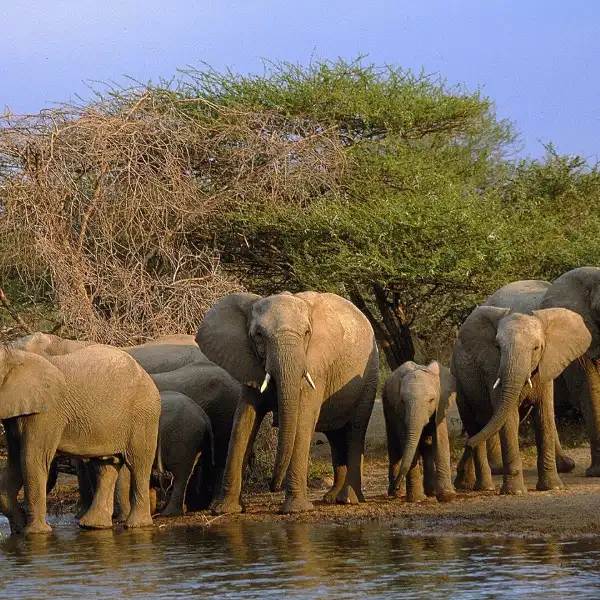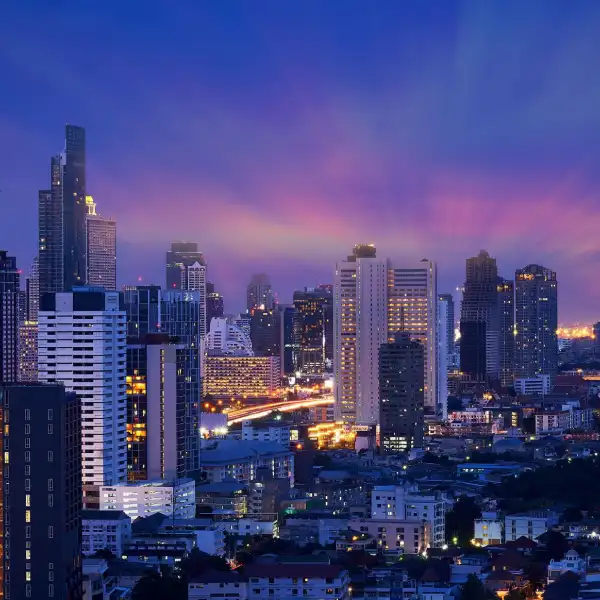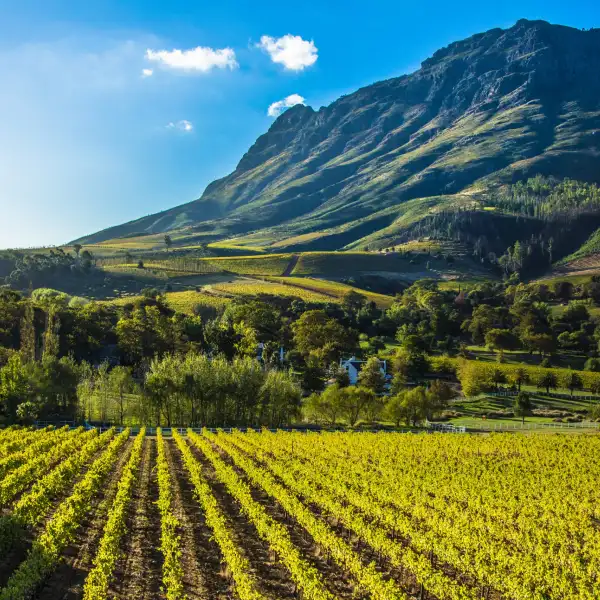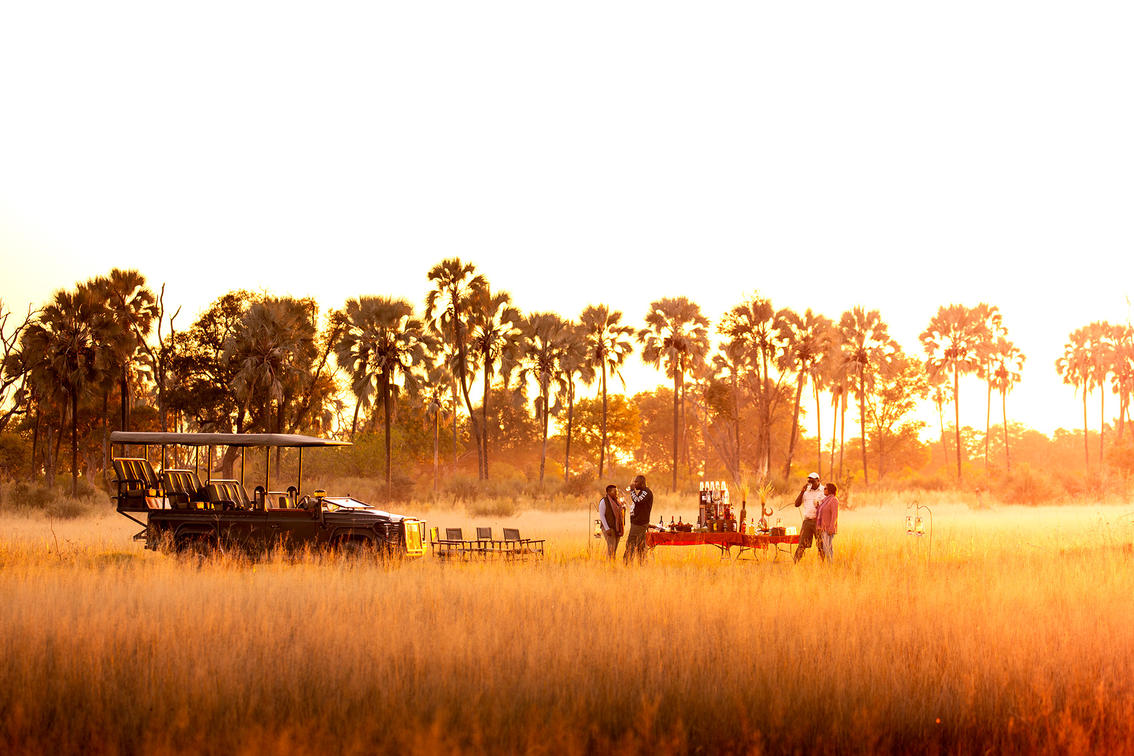Enjoy the peak of summer on South Africa’s beaches, particularly vibrant along the Kwa-Zulu Natal coast. While it may be humid, the scenery is striking with lush greenery and young wildlife.
Game viewing in Kruger is more challenging due to the thick vegetation and dispersed animals, but the low crowds and beautiful light conditions offer a unique opportunity for photographers.
As one of the hottest months, February offers a quieter alternative to the busy holiday season. Coastal towns remain pleasant thanks to sea breezes.
It's an ideal time for those who wish to avoid large crowds yet still enjoy vibrant city life, serene beaches, and occasional wildlife sightings in less crowded parks.
March closes the summer with still favourable conditions for beach holidays. The diminishing lushness of summer vegetation in national parks improves game-spotting opportunities.
This month offers a blend of warm beach days and increasingly visible wildlife, making it a transitional period that caters to both beachgoers and safari enthusiasts.
April’s weather remains warm and dry, ideal after the Easter crowds dissipate. This month is perfect for exploring a variety of destinations within South Africa without the intense heat.
Combining different experiences, from city tours to safaris, is highly recommended due to the mild weather and reduced tourist traffic.
May gently shifts to cooler days while still bathed in sunshine, especially appealing for beach holidays along the Indian Ocean.
While the weather on the southern coasts can be unpredictable, the generally sunny days make it a sweet spot for those avoiding extreme cold or heat.
June marks the beginning of the whale-watching season, with Hermanus being a hotspot for these majestic creatures.
Simultaneously, safari conditions peak as drier weather means animals gather around water sources. This dual appeal of marine and wildlife viewing makes June an extraordinary month for nature lovers.
July is optimal for whale watching as southern right whales are visible along the Whale Coast. Inland, Kruger National Park offers superb safari conditions with moderate temperatures and low malaria risk.
This combination of marine and wildlife experiences provides a comprehensive view of South Africa’s natural beauty.
August is celebrated for its floral spectacle, particularly in the Western and Northern Capes where wildflowers bloom vibrantly. The cooler weather makes it an excellent time for nature walks and photography.
Although it’s colder in regions like Gauteng, the natural beauty of blooming flowers offers a compelling reason to visit.
The end of winter in September brings rejuvenated wildlife activity, making it one of the best months for safaris. The weather is pleasant, and the natural environments of game reserves like Shamwari in the Eastern Cape are teeming with life, providing exceptional game viewing conditions.
With the landscape lush and prepped for summer, October's rising temperatures and impending summer rains rejuvenate the natural scenery.
This month is ideal for combining coastal excursions with inland safaris, offering a dynamic travel experience before the peak tourist season begins.
November sees the start of rains in the northern regions and the end of the whale-watching season in the Western Cape.
It’s a prime time to explore coastal and inland areas, such as the Karoo, where the changing landscape and climatic conditions offer diverse experiences.
December is bustling, especially along the coast, due to the festive season. It's crucial to plan ahead, booking restaurants and excursions early.
The weather is typically hot and dry in the south, while the north experiences some rainfall, making early December ideal for avoiding the holiday rush.

